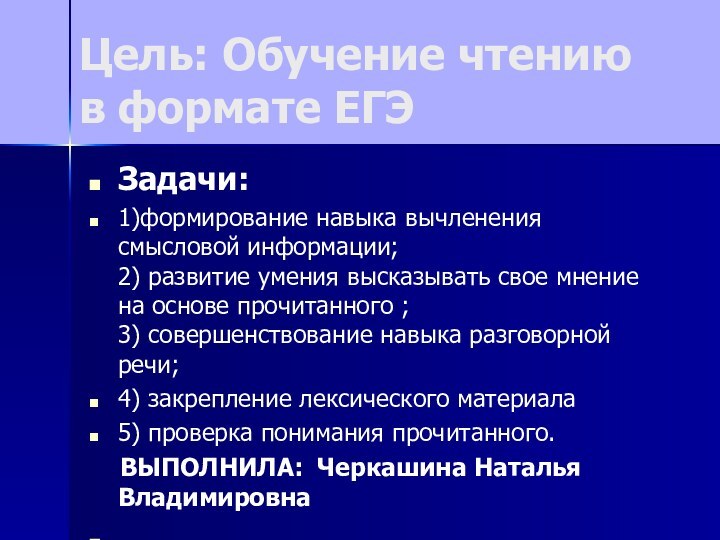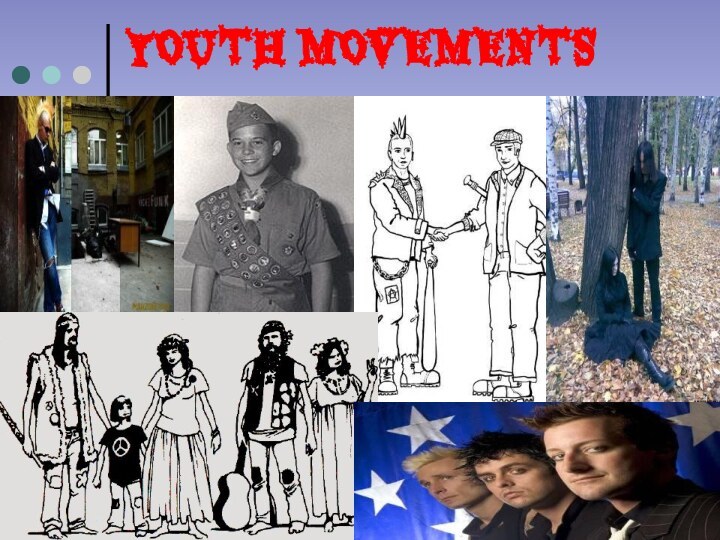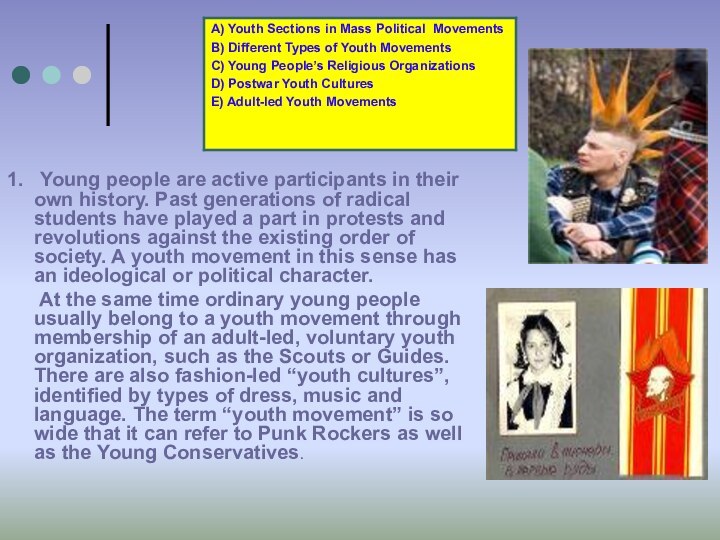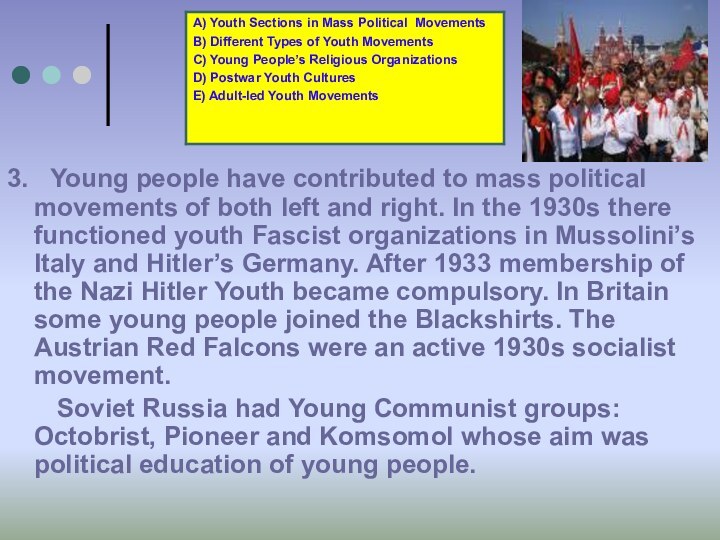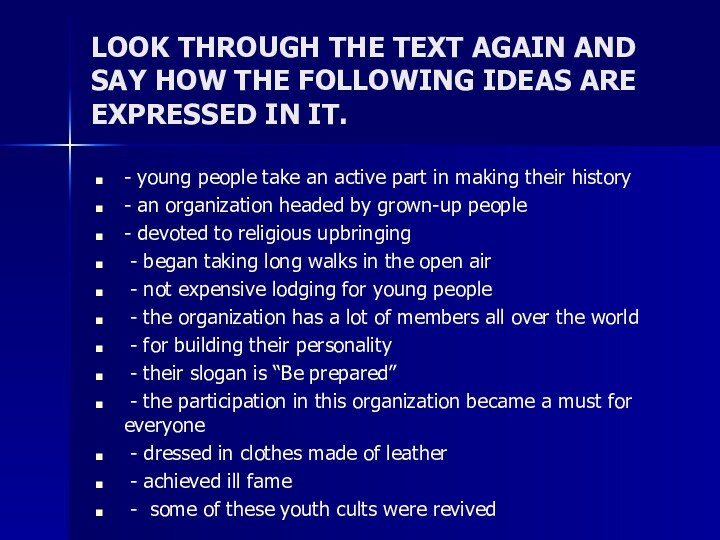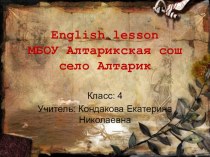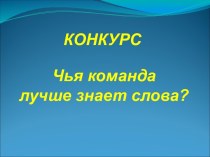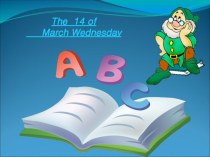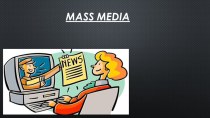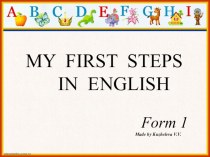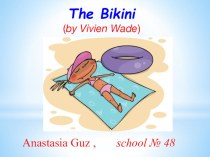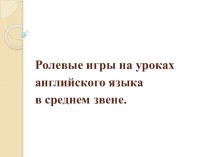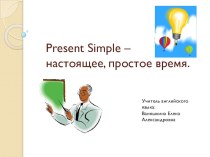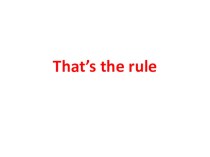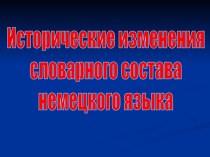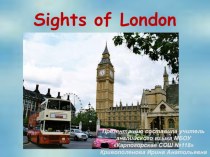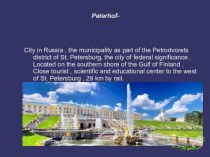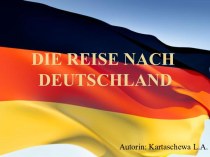Слайд 3
1. Young people are active participants in
their own history. Past generations of radical students have
played a part in protests and revolutions against the existing order of society. A youth movement in this sense has an ideological or political character.
At the same time ordinary young people usually belong to a youth movement through membership of an adult-led, voluntary youth organization, such as the Scouts or Guides. There are also fashion-led “youth cultures”, identified by types of dress, music and language. The term “youth movement” is so wide that it can refer to Punk Rockers as well as the Young Conservatives.
Слайд 4
2. The world’s first voluntary youth
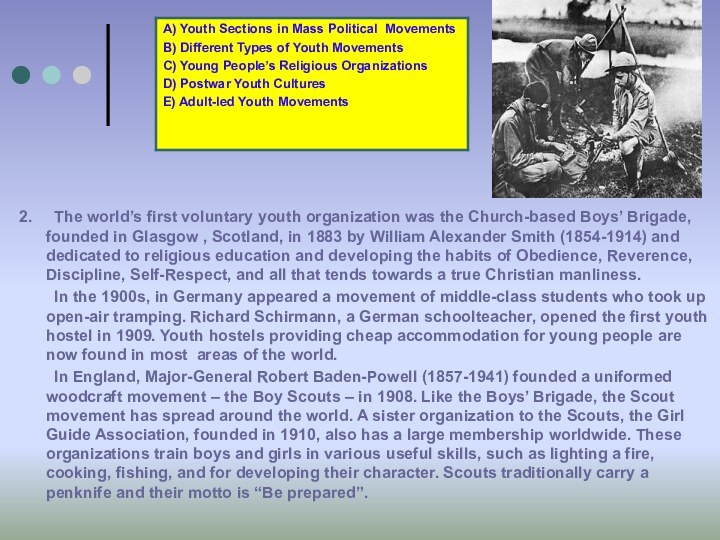
organization was the Church-based Boys’ Brigade, founded in Glasgow
, Scotland, in 1883 by William Alexander Smith (1854-1914) and dedicated to religious education and developing the habits of Obedience, Reverence, Discipline, Self-Respect, and all that tends towards a true Christian manliness.
In the 1900s, in Germany appeared a movement of middle-class students who took up open-air tramping. Richard Schirmann, a German schoolteacher, opened the first youth hostel in 1909. Youth hostels providing cheap accommodation for young people are now found in most areas of the world.
In England, Major-General Robert Baden-Powell (1857-1941) founded a uniformed woodcraft movement – the Boy Scouts – in 1908. Like the Boys’ Brigade, the Scout movement has spread around the world. A sister organization to the Scouts, the Girl Guide Association, founded in 1910, also has a large membership worldwide. These organizations train boys and girls in various useful skills, such as lighting a fire, cooking, fishing, and for developing their character. Scouts traditionally carry a penknife and their motto is “Be prepared”.
Слайд 5
3. Young people have contributed to mass
political movements of both left and right. In the
1930s there functioned youth Fascist organizations in Mussolini’s Italy and Hitler’s Germany. After 1933 membership of the Nazi Hitler Youth became compulsory. In Britain some young people joined the Blackshirts. The Austrian Red Falcons were an active 1930s socialist movement.
Soviet Russia had Young Communist groups: Octobrist, Pioneer and Komsomol whose aim was political education of young people.
Слайд 6
4. Since World War II the
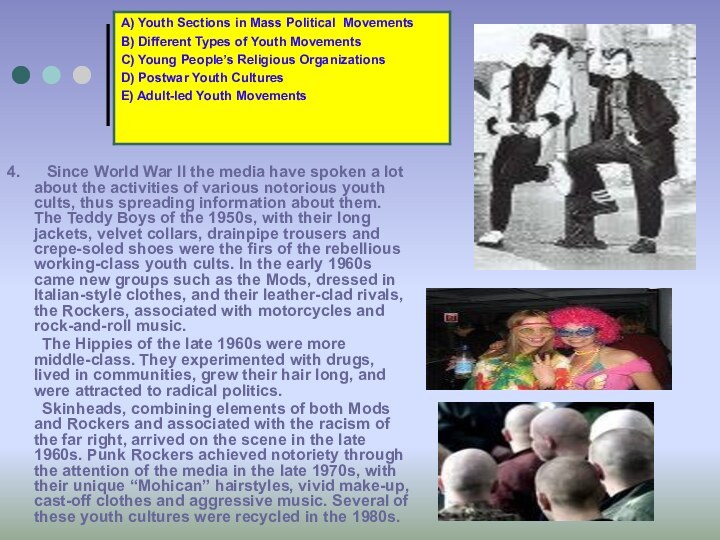
media have spoken a lot about the activities of
various notorious youth cults, thus spreading information about them. The Teddy Boys of the 1950s, with their long jackets, velvet collars, drainpipe trousers and crepe-soled shoes were the firs of the rebellious working-class youth cults. In the early 1960s came new groups such as the Mods, dressed in Italian-style clothes, and their leather-clad rivals, the Rockers, associated with motorcycles and rock-and-roll music.
The Hippies of the late 1960s were more middle-class. They experimented with drugs, lived in communities, grew their hair long, and were attracted to radical politics.
Skinheads, combining elements of both Mods and Rockers and associated with the racism of the far right, arrived on the scene in the late 1960s. Punk Rockers achieved notoriety through the attention of the media in the late 1970s, with their unique “Mohican” hairstyles, vivid make-up, cast-off clothes and aggressive music. Several of these youth cultures were recycled in the 1980s.
Слайд 7
LOOK THROUGH THE TEXT AGAIN AND SAY HOW
THE FOLLOWING IDEAS ARE EXPRESSED IN IT.
- young people
take an active part in making their history
- an organization headed by grown-up people
- devoted to religious upbringing
- began taking long walks in the open air
- not expensive lodging for young people
- the organization has a lot of members all over the world
- for building their personality
- their slogan is “Be prepared”
- the participation in this organization became a must for everyone
- dressed in clothes made of leather
- achieved ill fame
- some of these youth cults were revived
